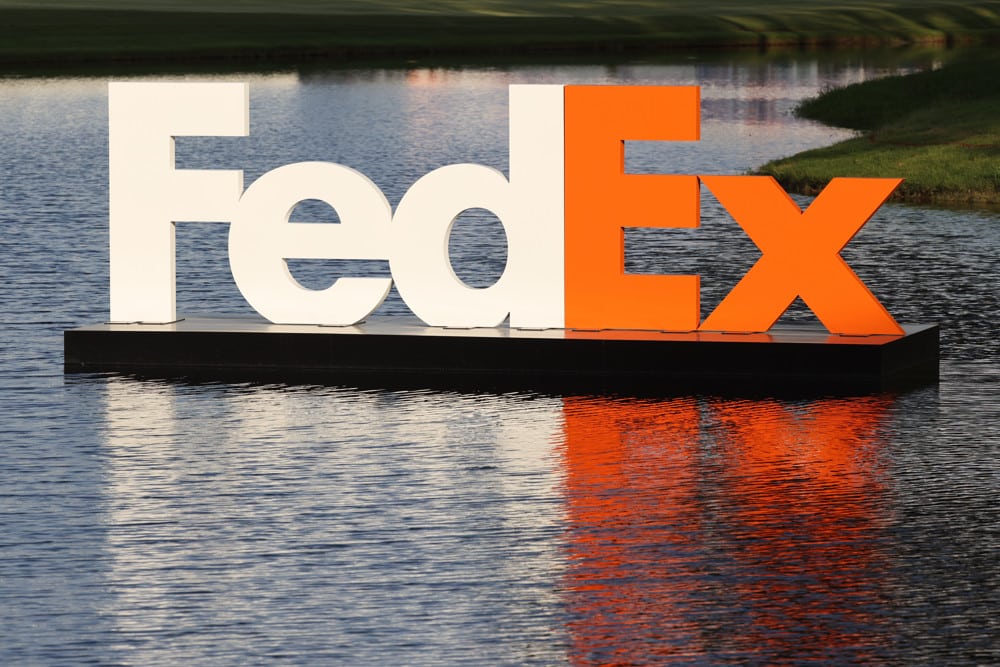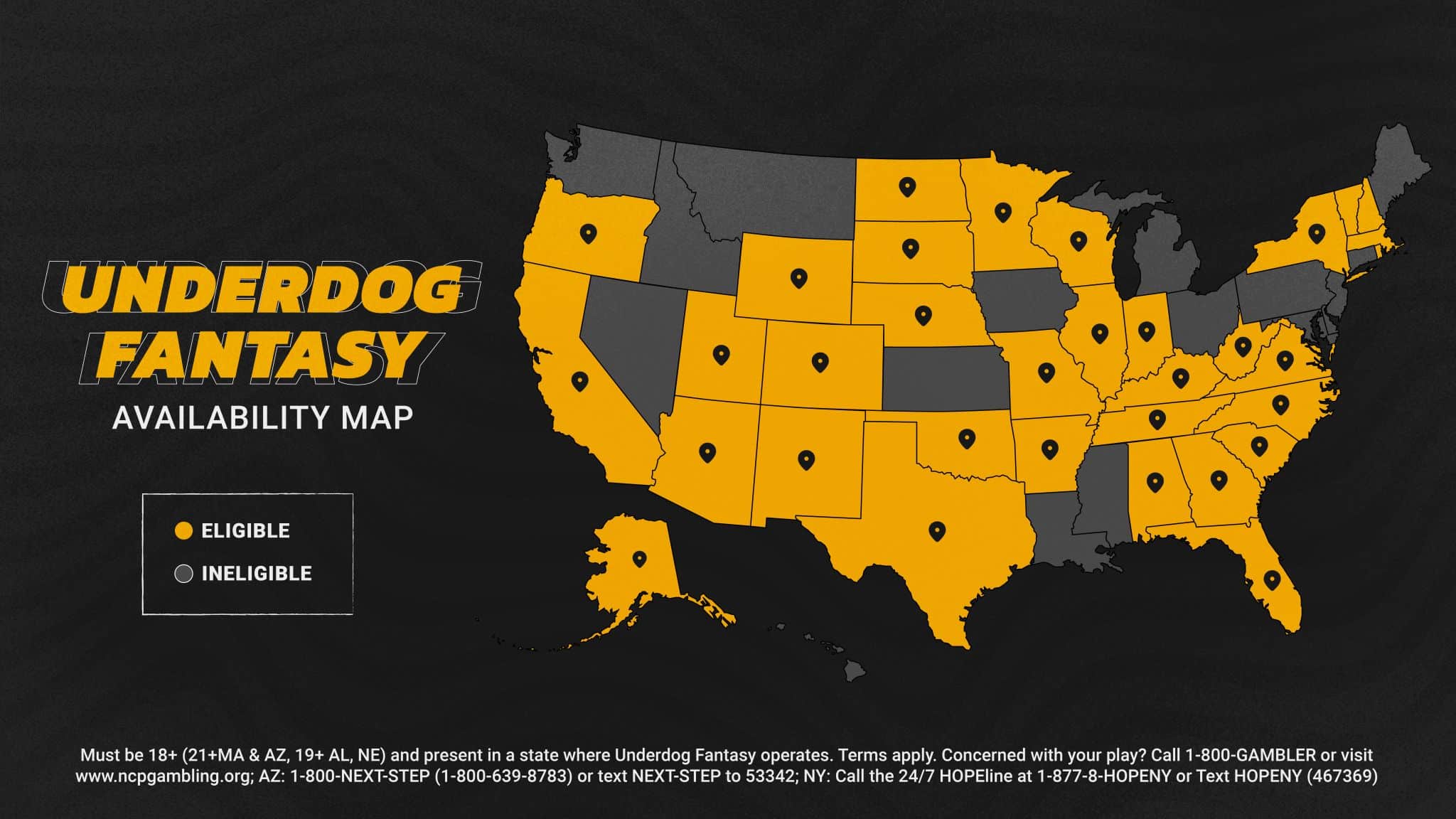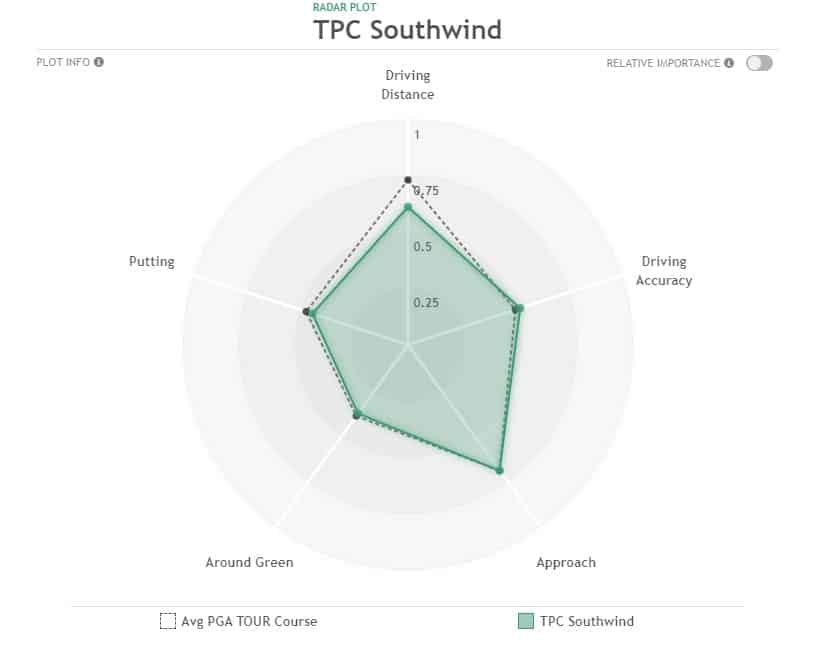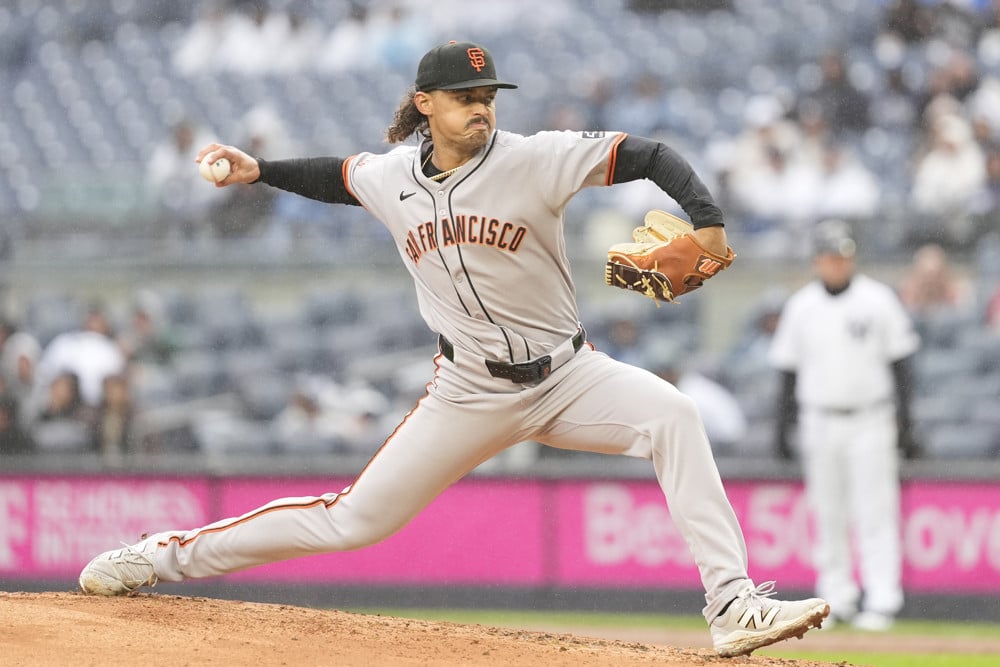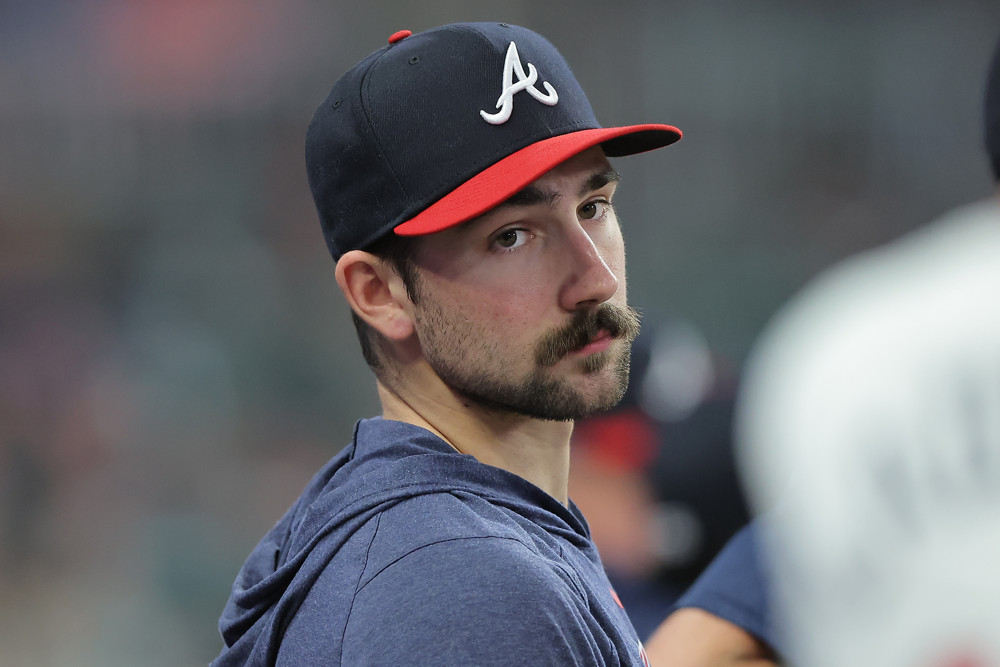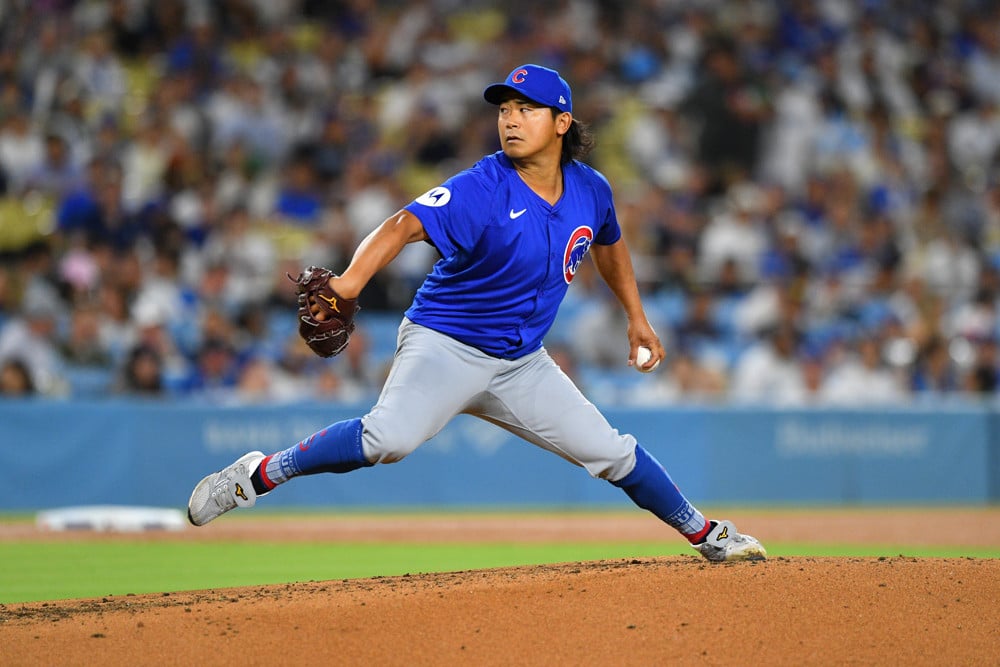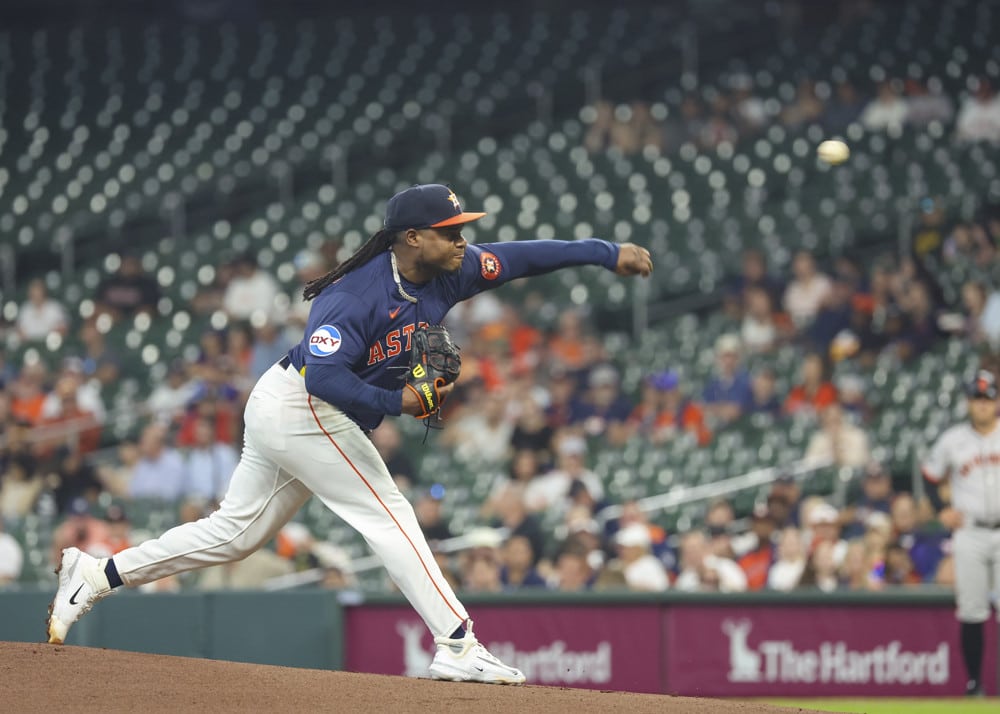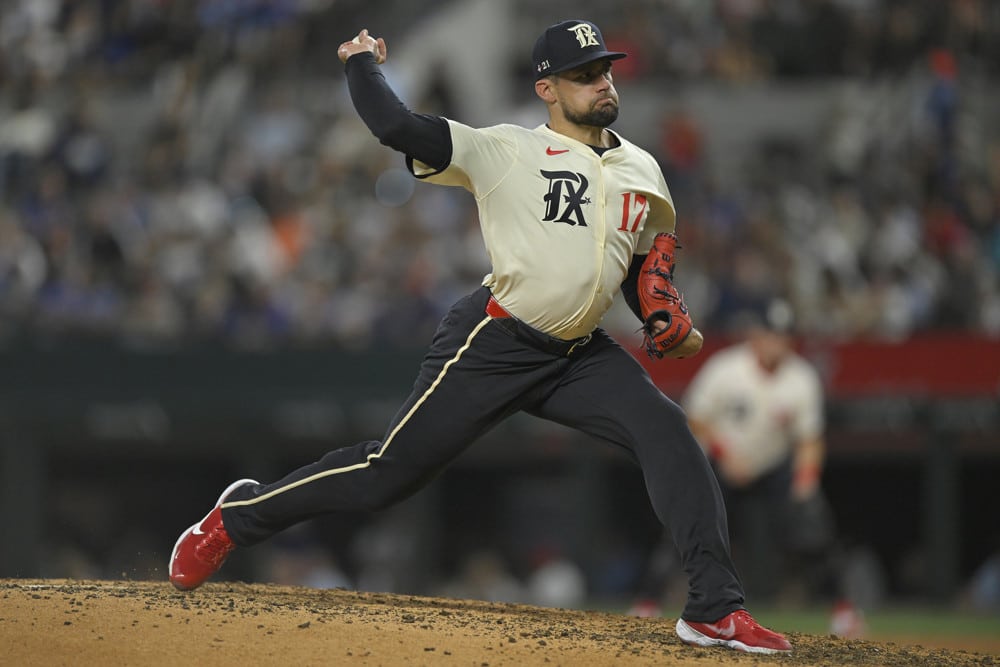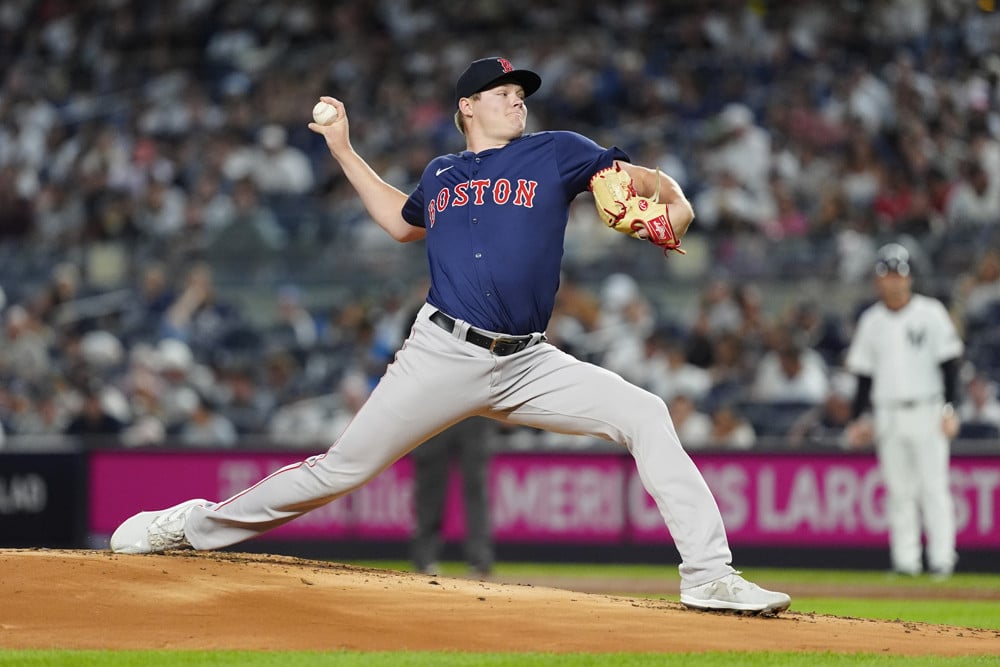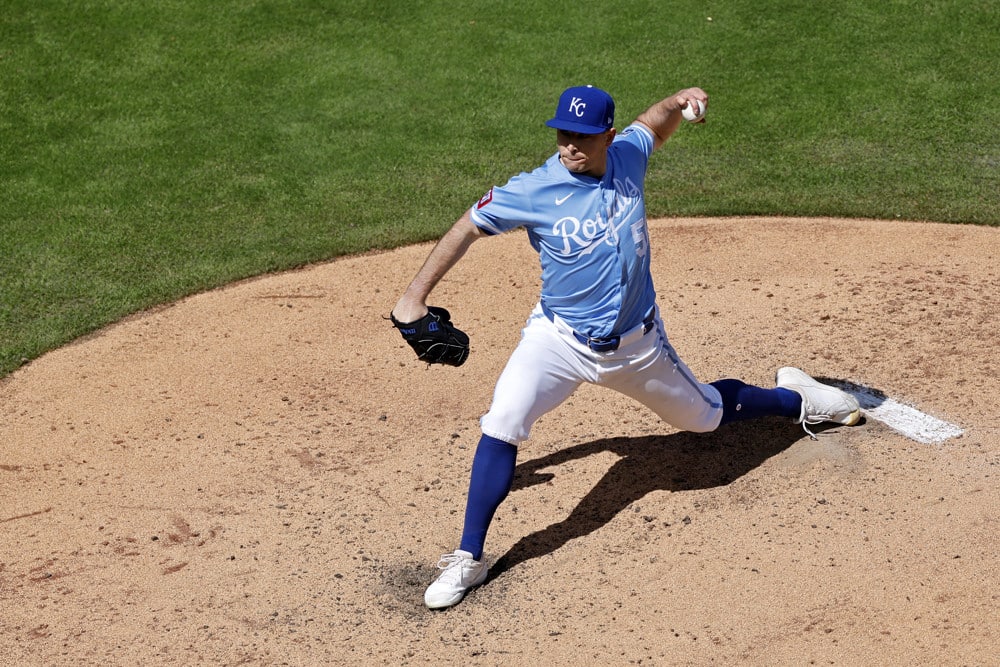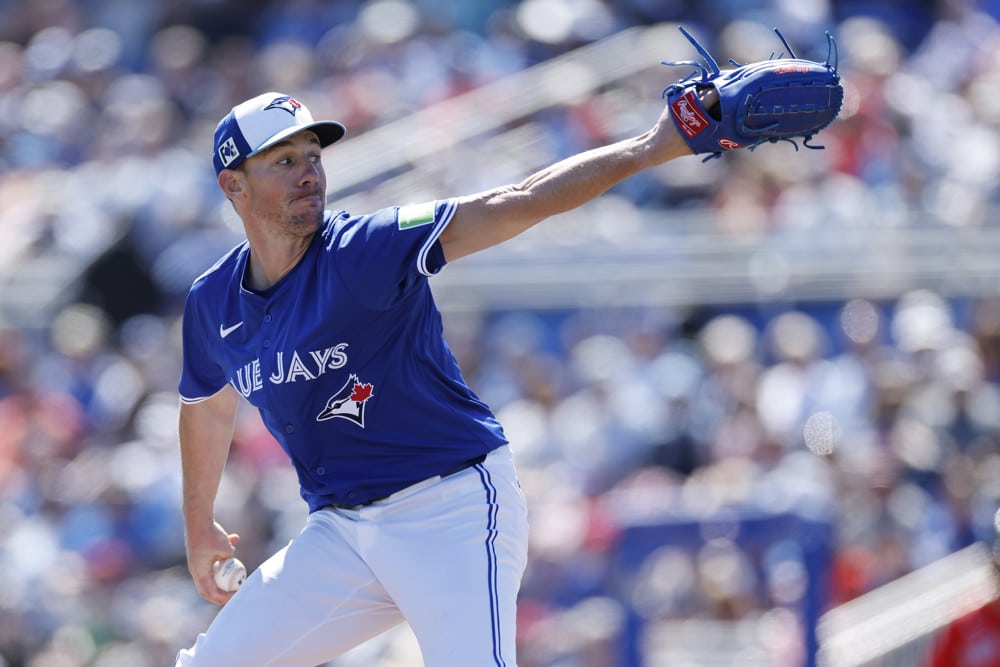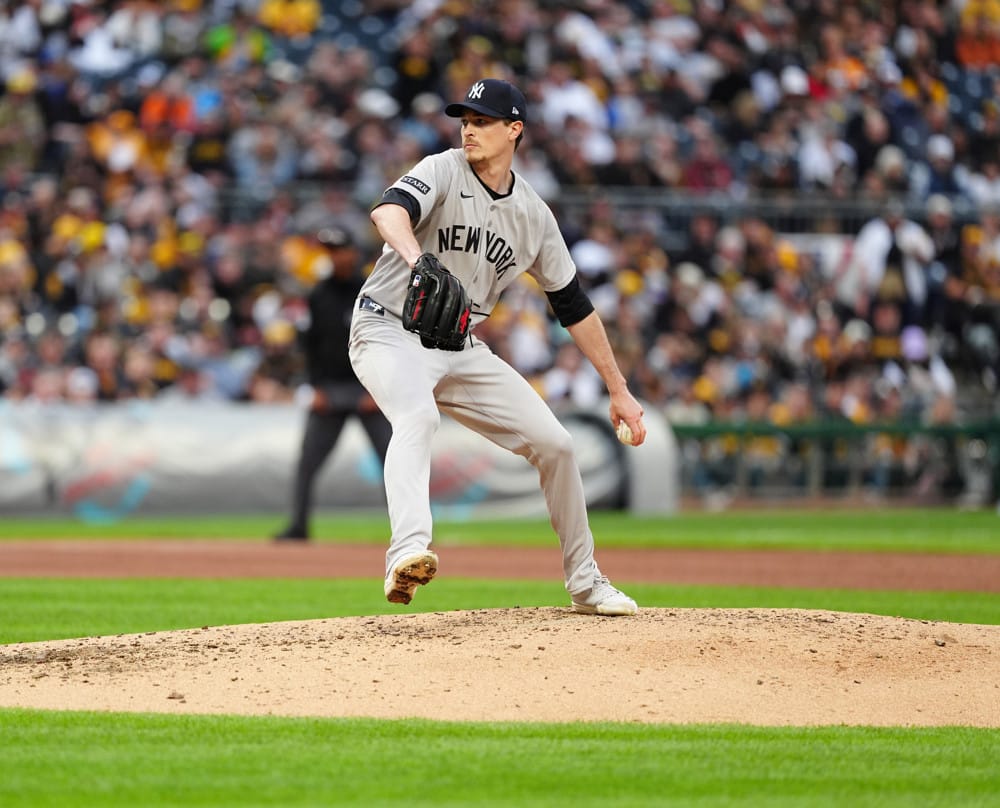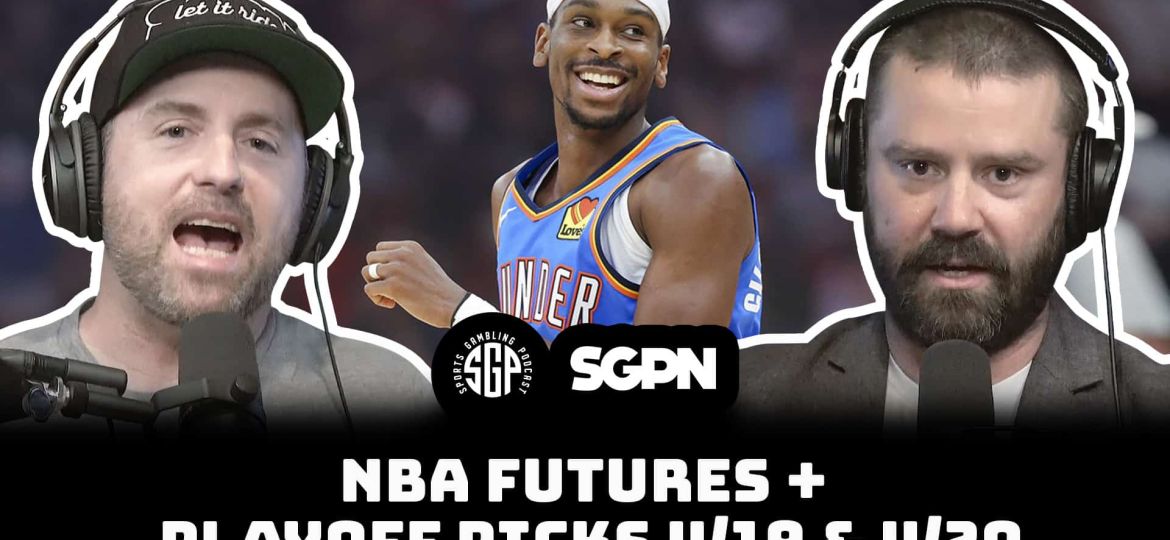The PGA Tour moves into its postseason! The Top 70 players in the FedEx Cup standings head to Memphis, TN, for the 2024 FedEx St. Jude Championship at TPC Southwind. As always, here is a preview of the 2024 FedEx St. Jude Championship and a guide to betting the tournament.
Go here for more Golf content!
2024 FedEx St. Jude Championship Preview
The Golf Course
The city of Memphis first hosted a PGA Tour stop in 1958, then known as the Memphis Open. It was played at Colonial Country Club. In 1969, legendary entertainer Danny Thomas struck a deal with the city to attach his St. Jude’s Children’s Hospital as the charitable beneficiary of the tournament, and the hospital has been attached to the event ever since.
The tournament also found a permanent home at TPC Southwind in 1988, the site of this week’s event.
FedEx first became the title sponsor in 1986, and after a brief hiatus in the 2000s, it returned as the flagship sponsor in 2009. FedEx, obviously, has a very significant presence on the PGA Tour overall.
It is the title sponsor of its playoffs and offers millions and millions of dollars in prize money to the participants. Outside the players, FedEx probably has the most influence over the PGA Tour of anyone or any organization.
This tournament has evolved significantly over the last 10 years. Up until a few years ago, this tournament was played one week before the U.S. Open and struggled to attract big names.
But as the PGA Tour’s biggest sponsor, FedEx wielded enough influence to steal the WGC mantra from the Bridgestone Invitational and move it to TPC Southwind in 2019. For the first time, FedEx’s title tournament was guaranteed to have all the biggest stars in golf.
But that wasn’t enough either. After COVID effectively killed the WGC tournaments, FedEx took the opportunity to create essentially a monopoly on one leg of the FedEx Cup playoffs.
By claiming its title event in its hometown as the first leg of a postseason it sponsors, the St. Jude Championship is now a four-day commercial for FedEx. Mission accomplished for the C-Suite at 3610 Hacks Cross Road.
But FedEx wasn’t the only beneficiary of this maneuvering around the PGA Tour schedule. This move was a huge benefit for the City of Memphis and the St. Jude Children’s Hospital. Now, with its place in the PGA Tour’s playoffs, the biggest names are forced to show up for the tournament, which generates a lot more revenue for the City of Memphis and the Children’s Hospital itself.
As a golf course, it’s fine. Here are a couple of highlight videos from last year’s FedEx St. Jude Championship to give you an idea of what the golf course looks like:
TPC Southwind opened in 1988 and was designed by Ron Prichard, with consultation from Fuzzy Zoeller and Hubert Green. And what you see at TPC Southwind isn’t much different than what’s seen at other TPC golf courses. While in immaculate condition, there’s nothing special about the land, the routing, or the shape of the holes.
Most holes feature narrow, tree-lined fairways with either a water hazard or a bunker in the landing zone. Many holes also feature dog legs that command for positional play off-the-tee. The greens have some interesting contours and shapes to allow for some decent pin positions.
Those are heavily guarded by multiple greenside bunkers or more water. In all, 11 of 18 holes feature some sort of water hazard, either off the tee or on the approach shot.
With the numerous water hazards, this golf course can provide some excitement in the form of serious car crashes to shake up the leaderboard. But otherwise, TPC Southwind is a fairly average golf course that doesn’t excite the eyeballs.
This golf course is essentially a test of who can hit the fairway and avoid the water. That’s it. Nothing more. Do that, and a player should find themselves in contention at the tournament.
Following the 2024 tournament, TPC Southwind will undergo a full renovation. All 18 greens will be replaced to improve their playability. Tee boxes will also be rebuilt, and the irrigation system will be upgraded.
Betting Strategies
Here is some general information about TPC Southwind. This will assist in optimizing betting strategies for the 2024 FedEx St. Jude Championship.
Par: 70
Length: 7,243 Yards
Architect: Ron Prichard – 1988
Average Green Size: 4,300 sq. feet
The greens are much smaller than PGA Tour average. In fact, these will be the third smallest greens played on the PGA Tour this season.
Agronomy:
- Fairways: Zoysia
- Rough: Bermuda – 2.5″
- Collars & Approaches: Bermuda
- Greens: Champion Bermuda
Other golf courses that utilize Champion Bermuda on the greens:
- Sedgefield Country Club (Wyndham Championship)
- East Lake Golf Club (Tour Championship)
- The Dunes Golf and Beach Club (Myrtle Beach Classic)
- Pinehurst No. 2 (2024 U.S. Open)
- Country Club of Jackson (Sanderson Farms Championship)
Scoring at TPC Southwind
-
- 2023: -1.36
- 2022: -0.78
- 2021: -0.95
- 2020: -0.45
- 2019: -0.50
Before TPC Southwind was awarded a WGC, it used to have some of the toughest scoring on the PGA Tour. But that was with a largely mediocre field. Once stronger fields started to take on TPC Southwind, it was revealed to have fewer teeth than its reputation suggested. The modern elite player has never hit it farther and straighter. With superior equipment, it’s never been easier for a solid ball-striker to avoid the penalty areas at TPC Southwind.
Off The Tee
Of all golf courses played on the PGA Tour since 2015, TPC Southwind ranks 46th in difficulty off the tee. It’s essentially an average golf course off the tee in terms of difficulty on the PGA Tour.
Much is made about the penal nature of TPC Southwind when fairways are missed. And the statistics do warrant the attention. 4.3% of all missed fairways at TPC Southwind incur a penalty stroke of some sort. Of all golf courses played on the PGA Tour since 2015, that’s the 37th highest rate of penalty shots incurred from missed fairways.
In addition, there’s a 0.43 stroke difference in the score of a hole from tee shots that find the fairway and ones that find the rough. Of all golf courses played on the PGA Tour since 2015, that’s the 17th highest penalty for hitting a tee shot into the rough. And because TPC Southwind features less than 30 yard wide fairways (15th narrowest on PGA Tour since 2015), the historical driving accuracy rate at the golf course is only 56.3% since 2015.
So, with all this adversity, why is it about the middle of the road in terms of difficulty? It’s probably because executing a good tee shot itself isn’t difficult. TPC Southwind is an execution test off the tee. Can you avoid the water? Can you hit it into the middle of the dog leg? There are not a lot of situations where good tee shots can still find trouble.
Players get into trouble through user error. But if a player hits it well off the tee that day, finding fairways isn’t difficult. Everything is mostly straight out in front of the players.
In a nutshell, the penalty for missing in a water hazard or rough is offset by the relatively straight forward nature of each tee shot at TPC Southwind. While there’s adversity all around, good tee shots are not impossible.
Another interesting development at TPC Southwind is how better fields may have changed the way players attack it. Stronger fields have brought better drivers of the golf ball to TPC Southwind. And since TPC Southwind earned its WGC label (and later its place in the playoffs), the average driving distances relative to other golf courses on the PGA Tour has increased.
For example, from 2015-2018, TPC Southwind ranked no higher than 24th out of 37 golf courses in driving distance of all tee shots that season, with a low rank of 34th out of 38 in 2015.
However, the last five years with a stronger field have resulted in rankings of 22nd/35, 12th/29, 24th/40, 15th/38, and 20th/40. In three of the last four years, TPC Southwind featured above-average driving distances on all tee shots relative to other PGA Tour venues.
It might suggest that players are being a little more aggressive off the tee at TPC Southwind. Better players usually possess more length than average ones, and they might be able to carry over doglegs and hazards easier than others who have to club down and attack a hole in a different way.
This might not be breaking news when looking at the types of players who have won at TPC Southwind over the last 10 years. Dustin Johnson is a two-time winner at TPC Southwind. Brooks Koepka outdueled Rory McIlroy in 2019. Will Zalatoris secured his first win on the PGA Tour in 2022. All of these players are strong and long players off the tee.
While the likes of Daniel Berger, Lucas Glover, and Abraham Ancer also have seen lots of success at TPC Southwind, there is certainly a pathway for elite (and occasionally inaccurate) drivers like the players listed above to win at the golf course.
Approach Play
Of all golf courses played on the PGA Tour since 2015, TPC Southwind ranks as the 34th most difficult golf course in terms of approach shots. It possesses above-average difficulty overall. Since 2015, the average green in regulation rate is only 60.2% (26th lowest on the PGA Tour). While shots under 150 yards aren’t all that difficult, TPC Southwind features the 29th most difficult approach shots from over 150 yards since 2015.
There are a few reasons why TPC Southwind features difficult approach shots, especially for longer ones. For starters, the average green size at TPC Southwind is only 4,300 square feet. That’s significantly smaller than the average PGA Tour venue. Off the jump, players are hitting into smaller targets even from the fairway.
Second, the low driving accuracy rates means players struggle to get either solid contact or ball flight control on shots out of the bermuda rough. Players may find themselves with a buried lie that makes it difficult to keep the clubface square and get the ball first contact. Or they might find themselves with a flyer lie to kill any spin on it.
Third, there are several holes with a water hazard greenside. Eight of 18 holes feature a water hazard greenside. This reduces the amount of leeway players have for misses. This helps explain why TPC Southwind features the 14th highest rate of penalty strokes incurred on all shots since 2015.
Like the tee shots, however, there are counter forces that do make approach shots easier. For starters, the zoysia grass is a fantastic surface to hit approach shots from. The ball sits up on it, almost like it’s on a tee. And with hot and humid conditions in Memphis, TPC Southwind can turn into a dartboard for players hitting approach shots from the fairway at a high frequency.
Next, here is the approach shot distribution chart from TPC Southwind at the 2023 FedEx St. Jude Championship. This will help preview the types of approach shots players will hit from at the 2024 FedEx St. Jude Championship:
Distribution charts like this are very ideal. This tournament yields a strongly correlated trend of consecutive ranges in which a higher frequency of shots are hit from. TPC Southwind is a test of how well one hits their approach shots from 100-200 yards. While a 100 yard range is big, the fact there are above average shots from all 25 yard buckets from 100-200 yards means that all players in the field, long and short, will hit their approach shots from this very defined range.
It’s much easier to handicap a field of diverse players when an approach shot distribution chart looks like this.
Around The Green
Of all golf courses on the PGA Tour since 2015, TPC Southwind ranks as the 52nd most difficult around the green. Once again, TPC Southwind has below-average difficulty in this area. Since 2015, it ranks 42nd in difficulty around the green from the fairway, 49th in difficulty from the rough, and 73rd in difficulty out of a greenside bunker.
As mentioned earlier, the biggest challenge around the green at TPC Southwind comes in the form of water hazards. But otherwise, getting up and down from the bunkers isn’t very challenging for a PGA Tour pro. Nor is it tremendously difficult from the rough. It does possess above-average difficulty scrambling from the fairway, probably because of the bermuda grass around the collars and aprons.
Putting
Of all golf courses on the PGA Tour since 2015, TPC Southwind ranks as the 72nd most difficult golf course for putting. It has not challenged the professionals on the greens. It ranks as the 25th easiest on putts under 5 feet, 21st easiest on putts from 5 to 15 feet, and 28th easiest on putts over 15 feet.
Once again, the more subtle undulations of the greens at TPC Southwind and its slower speeds make putting on it much easier than what players saw last week at Sedgefield Country Club, despite the exact same agronomy. However, players who typically putt well on bermuda are the ones to favor this week. Several recent winners like Justin Thomas, Brooks Koepka, Daniel Berger, and Dustin Johnson have lots of success and experience on bermuda.
Predictive Skillsets
Here is the predictive skillset chart that shows the types of players that typically do well at TPC Southwind:
TPC Southwind isn’t easily predicted based on off-the-tee profiles. There is a very low correlation of successful players at the golf course based on driving distance, either long or short. In terms of the skill of driving accuracy, it’s slightly more predictive than the average PGA Tour venue. However, predicting tournaments based on driving accuracy performance is one of the weakest predictors when gambling on golf.
This makes sense based on recent tournaments. A great example of this is the 2021 playoff between Sam Burns, Hideki Matsuyama, and Abraham Ancer. Ancer, a very short hitter, was triumphant in the playoff over Hideki Matsuyama (who possessed above-average length at the time) and Sam Burns (a very long hitter on the PGA Tour).
In addition, Harris English (a player with average length) and Bryson DeChambeau (the longest hitter in the game at the time) were also in the mix.
The goal at TPC Southwind is very simple: keep the ball in the fairway off the tee. A player can accomplish this goal in any way they choose, whether it be via the driver or clubbing down off the tee.
By far, the most predictive skillset for TPC Southwind is iron play. Great iron players generally do very well at TPC Southwind. Because of how heavy a concentration of shots is between 100-200 yards, premium ball strikers with short to mid irons tend to do best at TPC Southwind.
Putting and around-the-green skillsets are also slightly less predictive at TPC Southwind than at the average PGA Tour golf course. This is odd because last year’s course fit model suggested that they were slightly more predictive. Maybe notoriously poor putting and scrambler Lucas Glover was enough to completely sway this chart the other way for 2024.
In addition, here are other golf courses with a similar course fit model (per DataGolf):
- Albany GC
- Sea Island GC
- Hamilton Golf & Country Club
- TPC Twin Cities
- Detroit Golf Club
- Royal Troon GC
- Innisbrook Resort
- Port Royal Golf Course
- The Concession Golf Club
- TPC Craig Ranch
- Pebble Beach Golf Links
- The Summit Club
Horses For Courses
Lastly, here are players who are expected to play the 2024 FedEx St. Jude Championship who possess the strongest course history at TPC Southwind (minimum of 8 rounds played):
- Will Zalatoris
- Justin Thomas
- Sahith Theegala
- Taylor Moore
- Hideki Matsuyama
- Collin Morikawa
- Rory McIlroy
- Tommy Fleetwood
- Tom Kim
- Adam Scott
Targeting these golfers is a decent strategy this week. So, too, is targeting players with similar profiles as these golfers do.
Follow the tips in this preview, and one should put together a solid betting card or DFS lineup for the 2024 FedEx St. Jude Championship.


